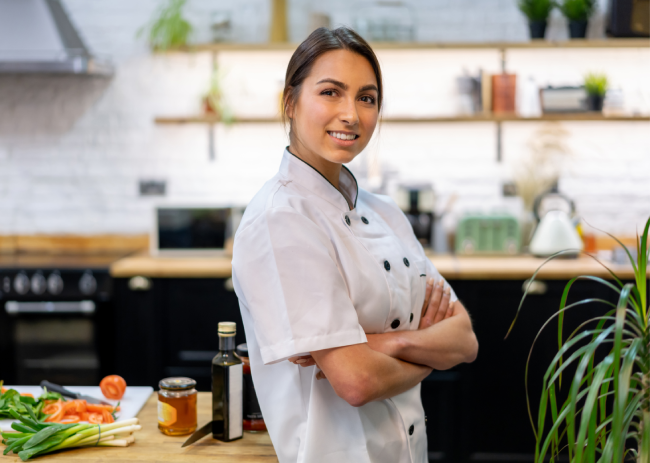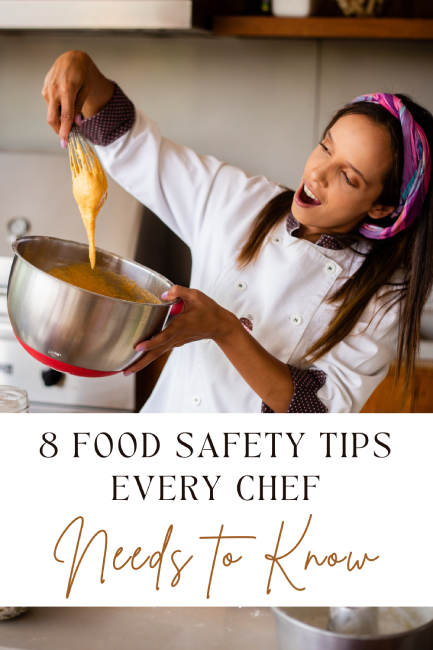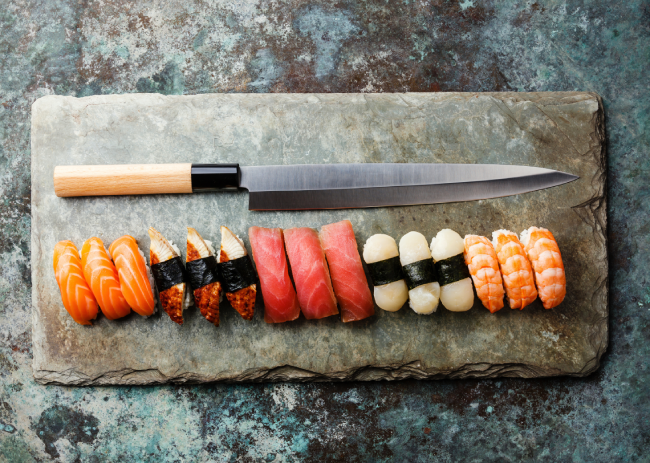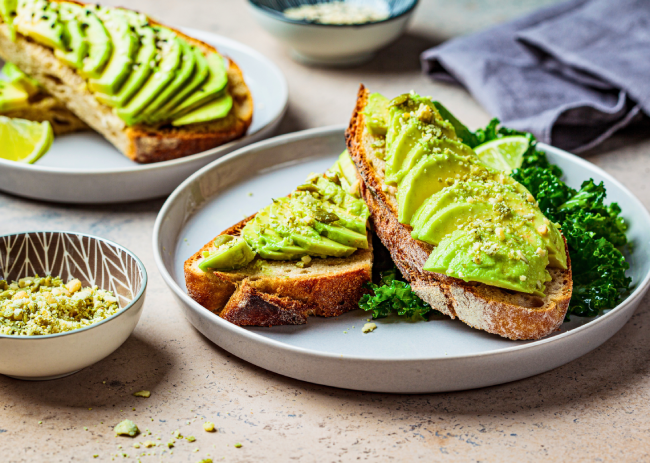8 Food Safety Tips Every Chef Needs to Know
Whether you’re an amateur cook or a seasoned chef, it’s important to learn the do’s and don’ts of storing, preparing, cooking, and serving foods.
As exciting as it is to think about the various ingredients you’re going to use and the way you’re going to present your dishes to your dinner guests, you can’t ignore the practicalities. Safely preparing and cooking your food is paramount for maximizing health and well-being and minimizing the risks of infections and illnesses.
Below, we’ve covered some essential food safety tips that you need to know before starting or continuing your culinary journey. If you’d like further guidance after reading this article, check out the One ReCP blog, where you can discover more about food storage, cooking tips, and recipes.
#1. Always Wash Your Hands Before Preparing and Serving Food
Although it sounds basic and obvious, many people forget about the importance of washing their hands prior to dealing with food. Whether you’re chopping and preparing food or serving it in an aesthetically pleasing way, you must do so with clean, germ-free hands.
Washing your hands is a crucial aspect of food safety, and the best thing is that it only takes a few seconds to do! It’s particularly important to wash your hands when dealing with raw meat or seafood, where the risk of cross-contamination is high.
Make sure to use warm water and plenty of disinfectant soap to ensure there are no potentially dangerous bacterial or viral particles on your hands before you touch any food.
#2. Use Different Chopping Boards for Different Ingredients
Even though most of your ingredients might go into the same pan when you’re cooking a particular dish, it’s important to keep certain ingredients separate during the preparation process. Consider using dedicated chopping boards for chopping and preparing raw meat, vegetarian meat-free options, and vegetables to prevent cross-contamination.
Make sure to sanitize your cooking utensils and kitchen surfaces before you place any raw foods or cooked ingredients on them. Doing so ensures you have a clean area to work with and prevents the transfer of pathogenic microorganisms onto your food.
#3. Make Sure You Cook Foods at the Right Temperatures
Temperature control is absolutely essential in cooking. Using the correct cooking temperature kills harmful bacteria and prevents foodborne illnesses.
Every ingredient requires a specific cooking temperature. It can be confusing trying to learn the best temperatures for every raw ingredient. However, after using particular ingredients a couple of times in your recipes, you will quickly memorize the cooking process for each one.
Consider jotting down the best cooking temperature for the most common ingredients you use in the kitchen if you’re unsure. This will make it easier to remember them correctly and avoid making mistakes. Use a thermometer while you’re cooking to check that your food is at the perfect temperature for maximum nutrition and flavor, and improved safety.
#4. Proper Cleaning and Sanitization
Maintaining a clean, tidy, and germ-free cooking area is imperative, regardless of what types of foods you’re preparing. Disinfect your kitchen worktop before you begin cooking, and wipe everything down afterwards.
Create a schedule for regular cleaning of your entire kitchen to minimize any risk of contamination when you’re preparing and cooking food. If possible, choose chemical-free cleaning products that don’t increase your exposure to potential toxins.
#5. Check Your Cooking Equipment Regularly
It’s easy to get carried away when you’re trying exciting new recipes every week. However, you must always remember to check your cooking equipment regularly.
Once a month should suffice for most equipment, but it does no harm to check things more often than this if you have the time and energy to do so. Regular inspections enable you to identify if a piece of equipment is faulty or broken before it becomes a safety hazard.
Early diagnosis of technology-related problems often leads to quicker and cheaper resolutions. If you catch a problem just after it occurs, you can fix it and prevent the need for a full replacement of your appliance or device.
#6. Learn Food Health and Safety Laws
Several food safety regulations in the United States were enacted to keep people safe. Even if you’re only cooking at home and aren’t serving meals to the public, it’s important to be aware of these regulations so you can follow them appropriately.
Some of the many food health and safety laws to be aware of include:
- The Food Safety Modernization Act (FSMA) – this regulation focuses on the prevention of foodborne illnesses with preventative controls and inspections.
- The FDA Food Code – this provides model food regulations on various things, including food storage and sanitation.
- The USDA Food Safety and Inspection Service (FSIS) – although this is mainly for businesses, it still details some important regulations around handling, cooking, and storing raw meat and egg products.
#7. Keep Your Kitchen Organized
Although not directly related to your food preparation and cooking, keeping your kitchen organized is an important aspect of food safety.
A clean and tidy kitchen makes it easier to find the ingredients you need for a recipe and store raw ingredients and cooked foods correctly. It also makes the cooking process more enjoyable and less stressful and reduces your risk of making errors while cooking.
#8. Learn About What to Do with Leftovers
Most people throw their leftovers away or store them in the fridge until they feel like eating them. However, if you’re serious about food safety, it’s worth delving a little deeper into the world of leftovers and learning what you should do with them.
After cooking, it’s best to cool hot foods as quickly as possible by putting them in the fridge. Ideally, your leftovers should be safely in the fridge within one hour of cooking to prevent bacterial growth.
Generally, you should aim to consume leftovers within three to four days of cooking them. Always double-check that there is no mold growth on your leftovers and that they haven’t spoiled before eating them. Avoid leftovers that smell funky or sour!




